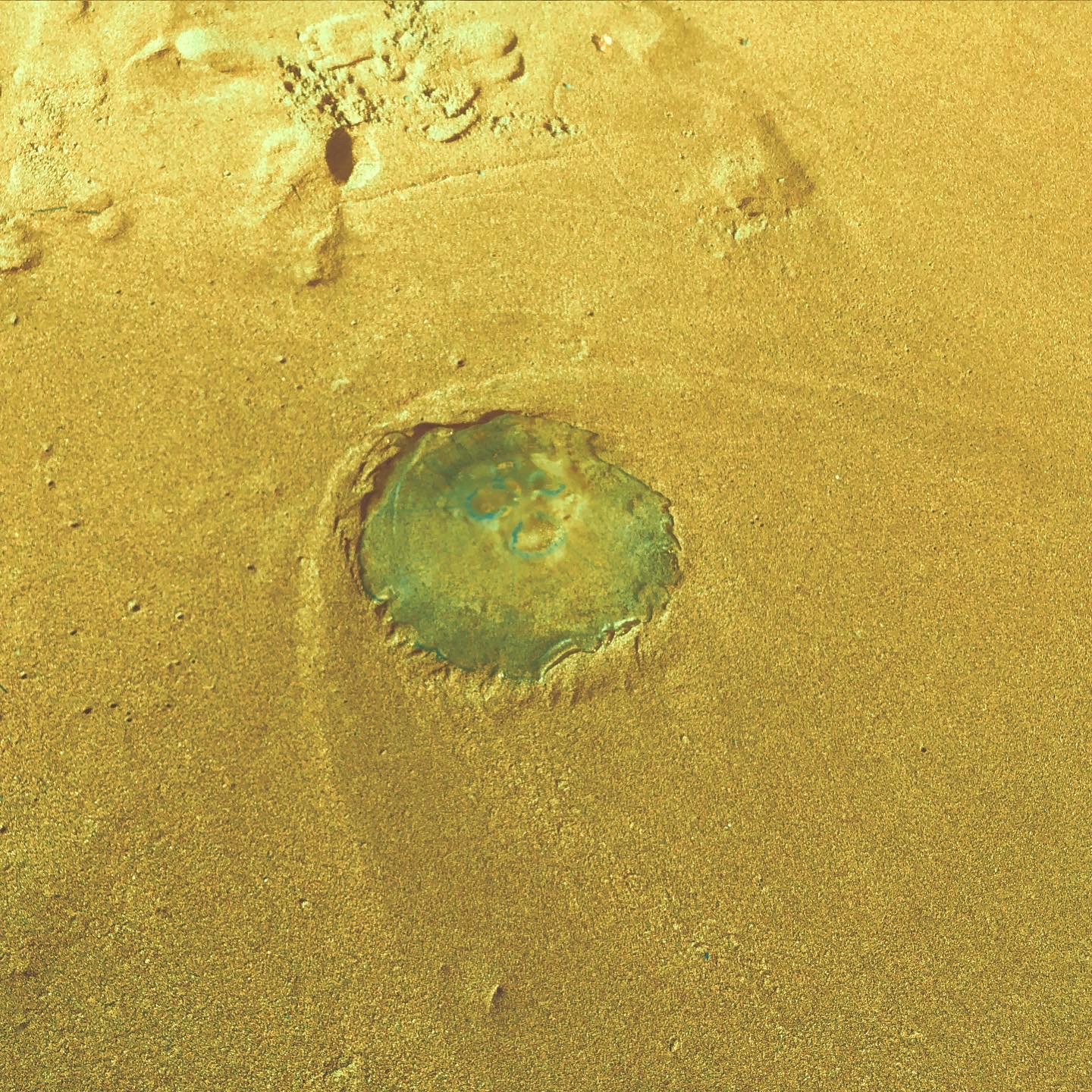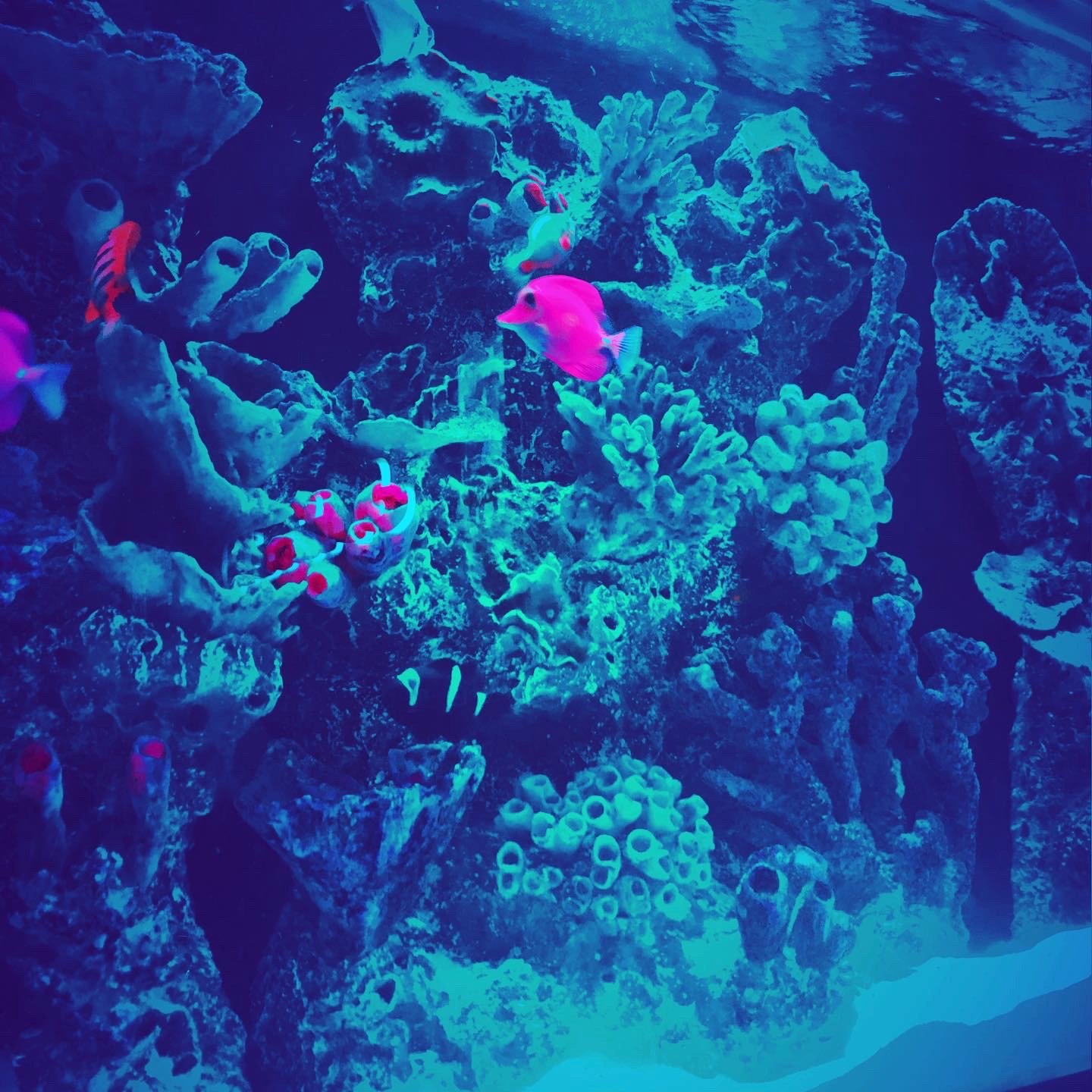Engineering Biology and Genetics: Synthetics for Space
The advances in synthetic biology and genome editing can redesign biological organisms and modify our genetic codes for new possibilities that would ensure long-term survival in space

Synthetic biology seems like something out of a gripping science fiction series — it’s not. Research and development in this emerging field of science redesigns living, natural organisms and systems for a specific functional purpose. Researchers change an organism’s genetic code by inserting new molecules found in other organisms or with completely new, artificially created genes for different functions not found in nature, ranging from drug delivery to waste removal. A team of scientists led by the University of Bristol, for example, published in Nature 2022 their methods for synthesizing an artificial primitive cell, typically called protocell or protobiont, from preexisting ones by using two types of bacteria. Researchers concluded their work set an experimental precedent for artificial cells with higher complexity and potential unprecedented use cases. In addition, the Canada-based startup Future Fields, can insert DNA into a bioengineered fruit fly genome to serve as a natural bioreactor for protein cell growth. So, despite how futuristic-sounding or far-fetched it may seem, synthetic biology has steadily gained traction beyond the biotechnology and medical sectors for novel applications in long-term space exploration.
In the United States, for example, funding from the Air Force Office of Scientific Research (AFOSR) has been directed toward synthetic biology for space. Ahmed Badran is an assistant professor in Chemistry at Scripps Research, a nonprofit biomedical research institute in La Jolla, California. With a background in bioengineering, Badran recently made headlines when he received an award to conduct research for biosynthetic carbon dioxide recycling and conversion strategies for non-terrestrial environments, including water ecosystems and their potential applications beyond Earth. Specifically, by combining bioengineering, directed evolution, genome editing, and synthetic biology, Badran seeks “to (re)engineer highly integrated cellular signaling networks towards researcher-defined function.”
NASA has a dedicated focus on applications of the Space Synthetic Biology project (SynBio) for astronaut health, including BioNutrients, and in-space manufacturing capabilities. The project is based in NASA Ames Research Center in California. The BioNutrients-2 experiment was launched in November 2022 onboard a SpaceX payload to the International Space Station. It seeks to develop nutrients on demand from several yeast strains for maintaining muscle mass in extended space travel.
The European Space Agency also reported in 2019 efforts by a group of students under Dennis Claessen, associate professor at the Institute of Biology at Leiden University, to conduct experiments in synthetic biology. Using Airbus’ Random Positioning Machine (RPM) to simulate microgravity on Earth, Classen, and his students tested how engineered bacteria could potentially break down the toxic chemicals in Martian soil.
Behind the flurry of excitement

While synthetic biology promises to contribute to solving problems on Earth and the growing pursuits in space travel and exploration, the risks of downsides will continue to increase as complex organisms' entire genetic code can be engineered and synthesized from scratch with synthetic biology and genome editing. Indeed, according to the United States National Human Genome Research Institute, the ethical and moral discussions about genome editing relate directly to those in synthetic biology, especially if such changes can be heritable. The Institute makes a distinction between fields, though.
“In synthetic biology, scientists typically stitch together long stretches of DNA and insert them into an organism’s genome. These synthesized pieces of DNA could be genes that are found in other organisms or they could be entirely novel. In genome editing, scientists typically use tools to make smaller changes to the organism’s own DNA. Genome editing tools can also be used to delete or add small stretches of DNA in the genome.”
Unclear if there is a fine line being walked between synthetic biology and genetic editing, I attended the third International Summit on Human Genome Editing held this month in London. The summit, organized by the United Kingdom Royal Society and Academy of Medical Sciences, the United States National Academies of Science and Medicine, and the World Academy of Sciences, brought together some of the world’s leading pioneers in genetic engineering, including Nobel prize winners for the CRISPR-Cas9 system Jennifer Doudna. The full replay is available online for anyone to watch. A particular panel discussion on the first day caught my attention titled “Hopes and Fears,” which starts in the replay at “3:21:46 - 3:52:27”:
The panelists shared sentiments about the need for increased regulation, governance, and multiple stakeholder participation, but many of the nuances of safety and risk assessment seemed to rely on subjective abstractions. Jantina de Vries, a bioethicist in the H3Africa ELSI Collaborative Centre, punctuated that science and innovation don’t occur in a vacuum and that sharing of data and sovereignty are inextricably linked to the position and outlook of the researcher conducting it and the place it’s stemming from. De Vries asked:
“Who sets the definition as to what counts as security and what counts as a threat in the global context?” — if the human genome is at stake, who gets to say who is everyone?
The United States National Academies of Science, Engineering, and Medicine published a 176-fascinating report in 2018, Biodefense in the Age of Synthetic Biology. For the sake of brevity, I will not make a complete analysis. Still, the report’s summary mentions critical questions about synthetic biology raised in the genome editing summit: governance and security. The report’s early summary states:
“Synthetic biology expands the landscape by potentially allowing the delivery of biochemicals by a biological agent and by potentially allowing the engineering of the microbiome or immune system. Although unlikely today, these types of manipulations may become more feasible as knowledge of complex systems, such as the immune system and microbiome, grows.
Some malicious applications of synthetic biology may not seem plausible now but could become achievable if certain barriers are overcome. These barriers include knowledge barriers, as is the case for building a novel pathogen, or technological barriers, as in engineering complex biosynthetic pathways into bacteria or re-creating known bacterial pathogens. It is important to continue to monitor advances in biotechnology that may lower these barriers.
Synthetic biology concepts, approaches, and tools do not, in and of themselves, pose inherent harm. Rather, concerns derive from the specific applications or capabilities that synthetic biology might enable.”
The advances in synthetic biology and genome editing can redesign biological organisms and modify our genetic codes for new possibilities that would ensure long-term survival in space. I continue to be intrigued by the fine line between scientific advances and techniques beneficial for the public and those used with intentional and unintentional harm in space and on Earth.

